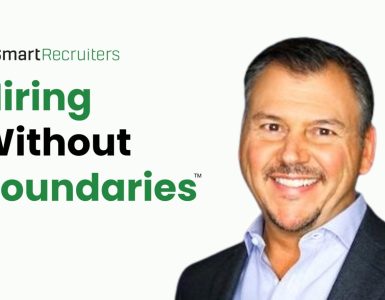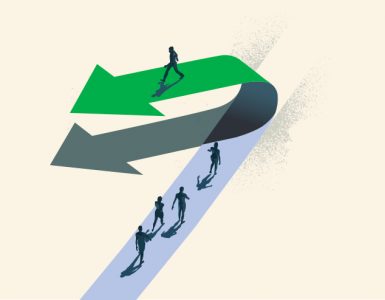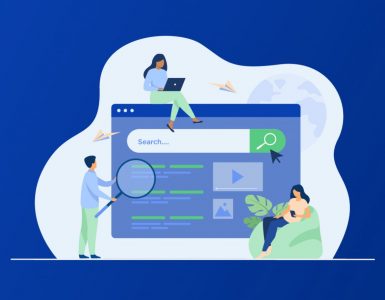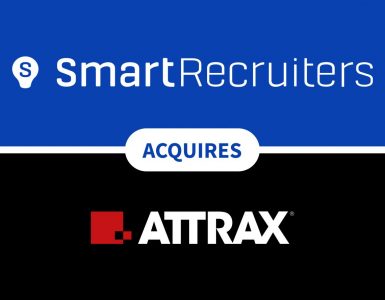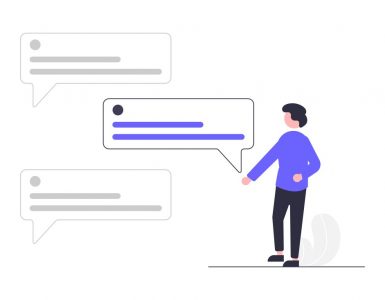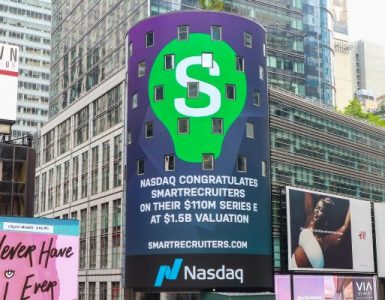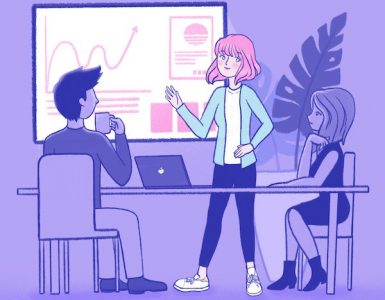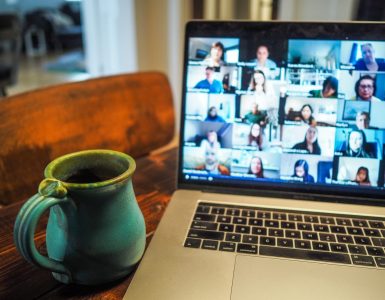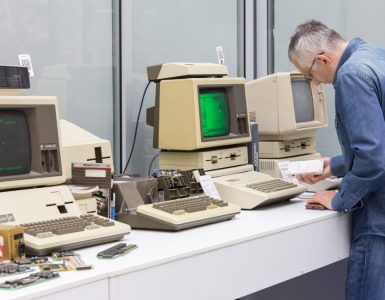Tech has increasingly become a young person’s hustle, but excluding older workers could be hurting tech companies’ futures.
In Silicon Valley, the median age of employees at titans such as Facebook and Google is under 30 years old. FB founder Mark Zuckerberg and venture capitalist Vinod Khosla opine that “young people are just smarter”, and “people over 45 die in terms of new ideas”. It’s no wonder the demand for “digital natives” is leaving older workers at a disadvantage. While it would be hard to fault such logic, we still have to ask: is big tech’s discrimination against an aging workforce hurting its future self?
According to the Bureau of Labor Statistics, by 2030, workers aged 55 and older will constitute nearly 30 percent of the American workforce. This will impact cross-sector industries on a global scale—from e-commerce to financial and business services, even manufacturing. “The whole globe is aging,” says Joyce DeMonnin, Communications & Media Relations Director at AARP. “People have longer lifespans and fewer children, but another consideration is that older people are also your customers.”
And as such, it’s time for tech companies to check their ageist bias, from their job ads to their hiring practices. To speak more about identifying and eliminating ageism in the workplace, we invited Joyce DeMonnin from AARP Oregon; Emilia D’Anzica, founder of Customer Growth Advisors; and Scott Hernandez, Global Head of Recruiting at StubHub; to our Hiring Success Conference in San Francisco. You can watch their full presentation in the video embedded above, or read on for a summary of each presenter’s talk.
Joyce DeMonnin, Communications & Media Relations Director at AARP Oregon
Working in education and policy with AARP, Joyce raises awareness of how older workers are often undervalued as employees. Organizations may wonder if older workers are staying relevant or current, but DeMonnin says businesses need to “understand and judge someone on their passion, purpose, and what they can bring to their organization,” and not just see them as out-of-touch or ready for the glue factory.
“Older workers have a lot of knowledge, skill, ability, and talent,” she argues. “They also have lots of connections, they’re great mentors, and stay passionate about being engaged.”

What’s more, businesses that fail to eliminate ageist biases may face legal ramifications under the Age Discrimination in Employment Act (ADEA), which protects applicants and employees 40 years or older from discrimination during the hiring process, promotions, and job terminations. As DeMonnin points out, even the language used in job descriptions can be enough to violate the ADEA, making writing analysis tools like Textio invaluable when creating job ads with truly neutral language.
Emilia D’Anzica, Founder at Customer Growth Advisors
Having spent over a decade working in tech, Emilia D’Anzica was shocked to find she was being replaced because company leadership wanted “fresh blood”. Her next task was to select and train her replacement before her unceremonious departure. Rather than give into anger and disappointment, Emilia found a job that enabled her to mentor and inspire other business leaders about biases in the workplace.
“Ageism is a social construct that we can all combat,” she says. “We can work towards changing how people look towards that experience.”
A more holistic approach might be what big tech needs to address the industry’s widening skills gap. “Why would you exclude a workforce that is educated, experienced, and can bring so much to the table,” Emilia asks, “especially as your consumers are getting older?”
Scott Hernandez, Global Head of Recruiting at StubHub
Hernandez sees ageism as a bias recruiters should actively keep in check, looking at experience as “a more holistic skillset.” At StubHub, Hernandez and his team construct the recruiting process around a set of company values—diversity being high on the list—and look to hire candidates the company views as a competitive advantage. “There is a strength in diversity,” says Hernandez. “More unique experience bring more unique ideas bring more unique perspectives and more unique output.”
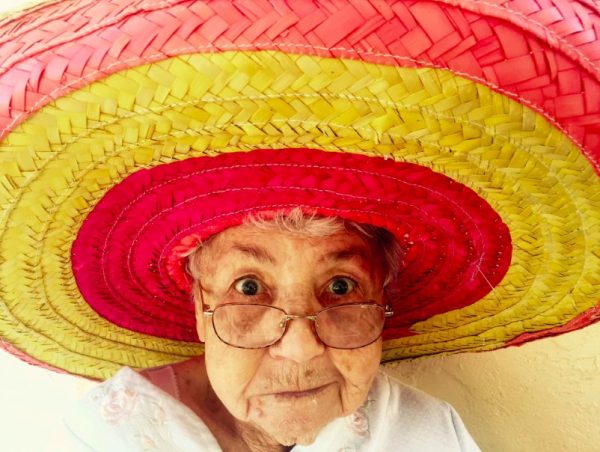
Most forward-thinking companies would agree, and we’re already seeing a shift in recruiting practices that place more value on experience and skills that will amplify the performance of a team. For StubHub, reflecting the company’s expanded reach and commitment to diversity—including changes to company logos, brand colors, even the typography—is a top priority. When recruiting new talent, Hernandez claims Stubhub “doesn’t constrain itself to the jobs of yesterday, but the needs of tomorrow.”
Unlike other workplace biases that have active communities who rally in support of inclusion, ageism remains largely ignored. While most older workers say they have seen or experienced age discrimination, only 3 percent report having made a formal complaint.
Creating workplace cultures of inclusion didn’t happen overnight, and we’re far from done, which is why we’re revisiting “Ageism in the workplace” at our upcoming Hiring Success Conference in Berlin.
For Emilia D’Anzica, eliminating the ageism bias begins with the question: “Do you hold yourself to your values and your company mission without a bias? That is a question you have to constantly ask yourself, and conferences will refresh your mind and will educate you on the shifting workforce and how you can rewire your biases.”








